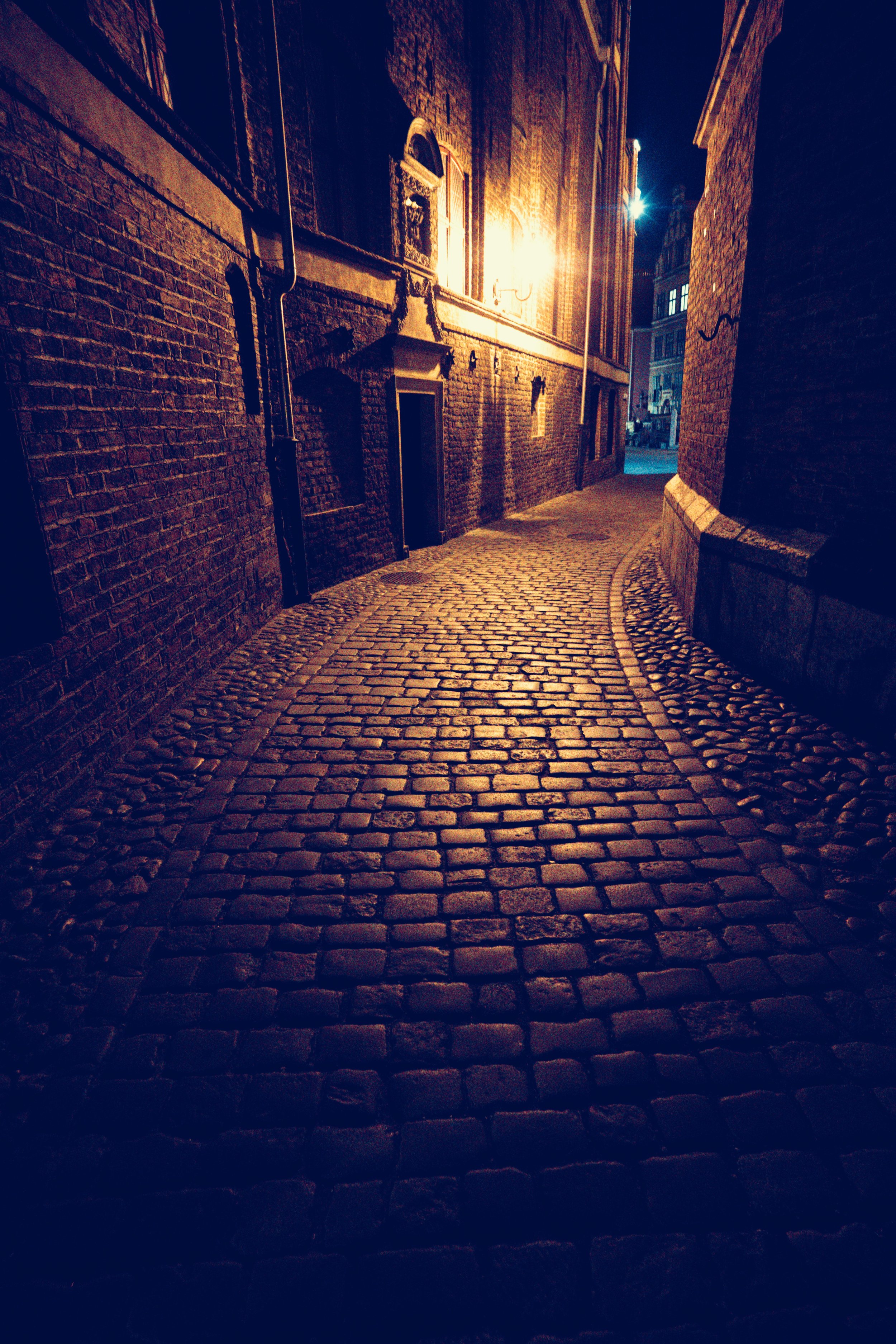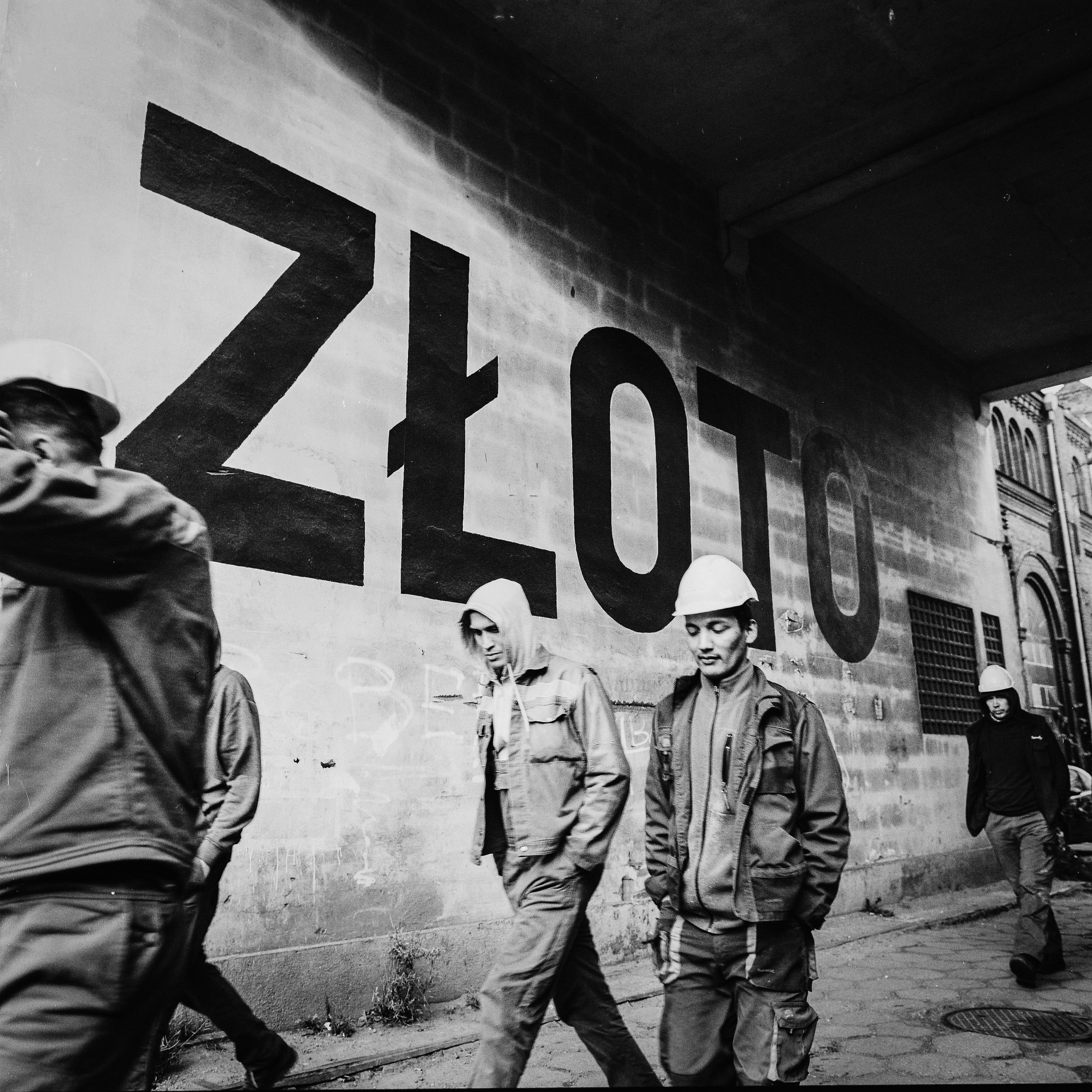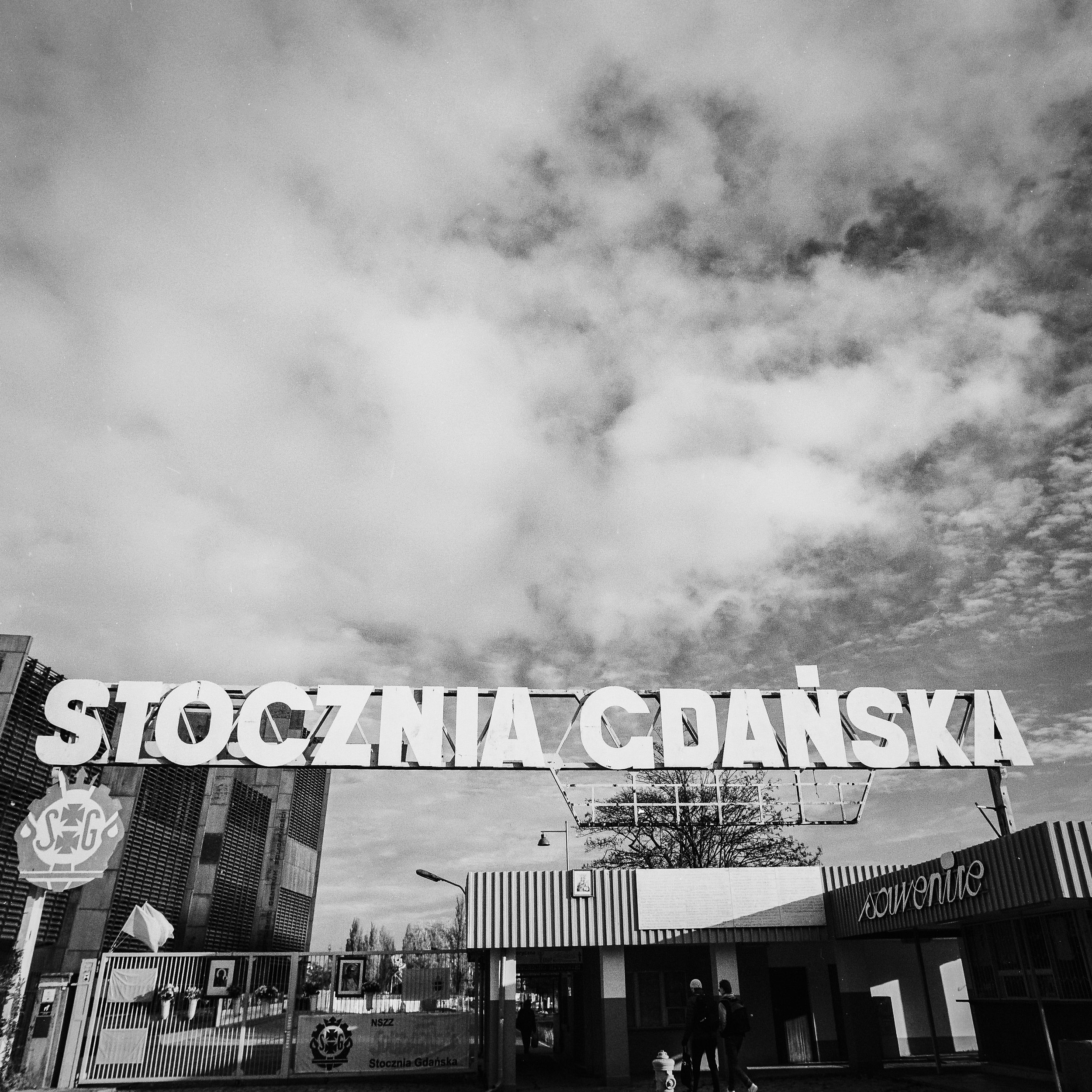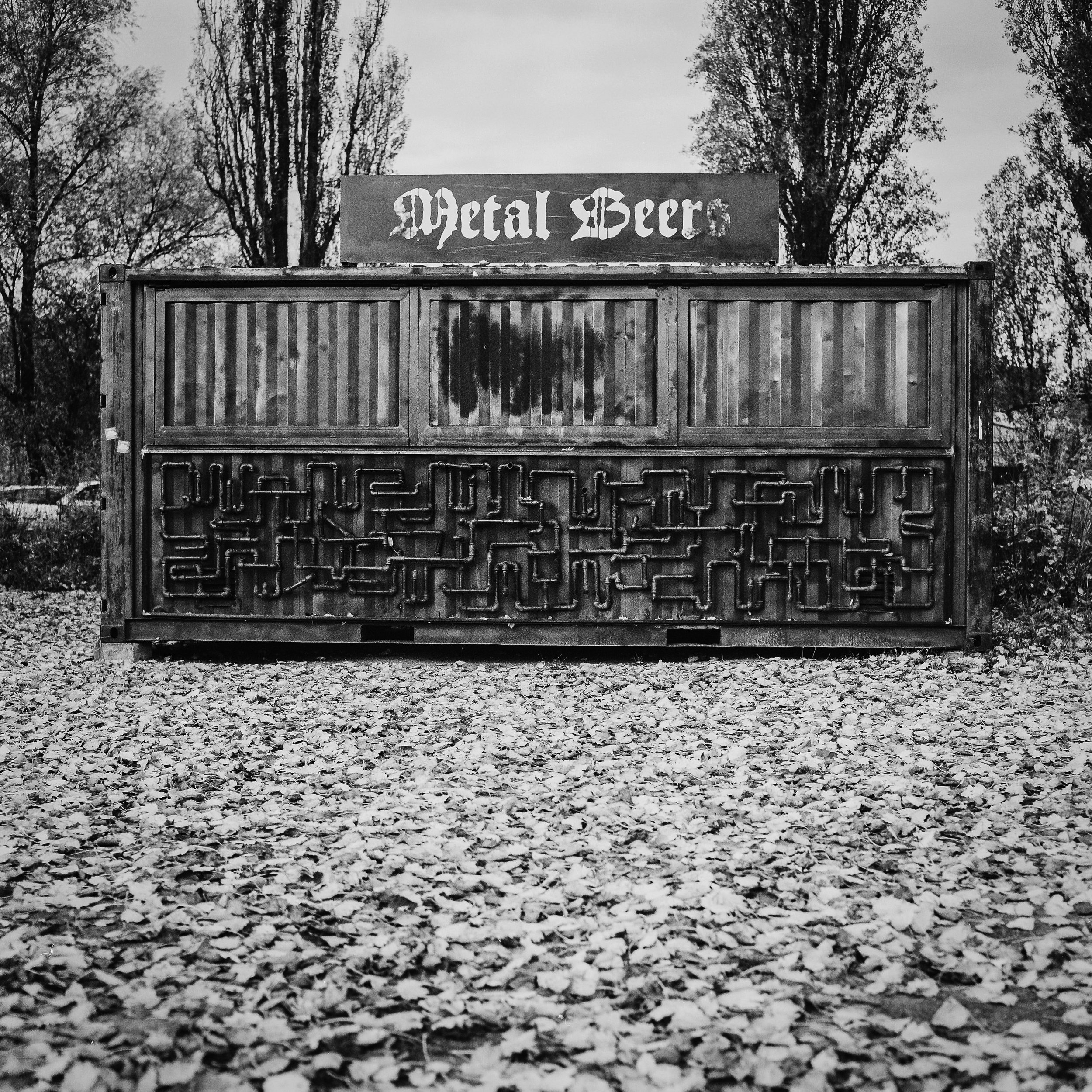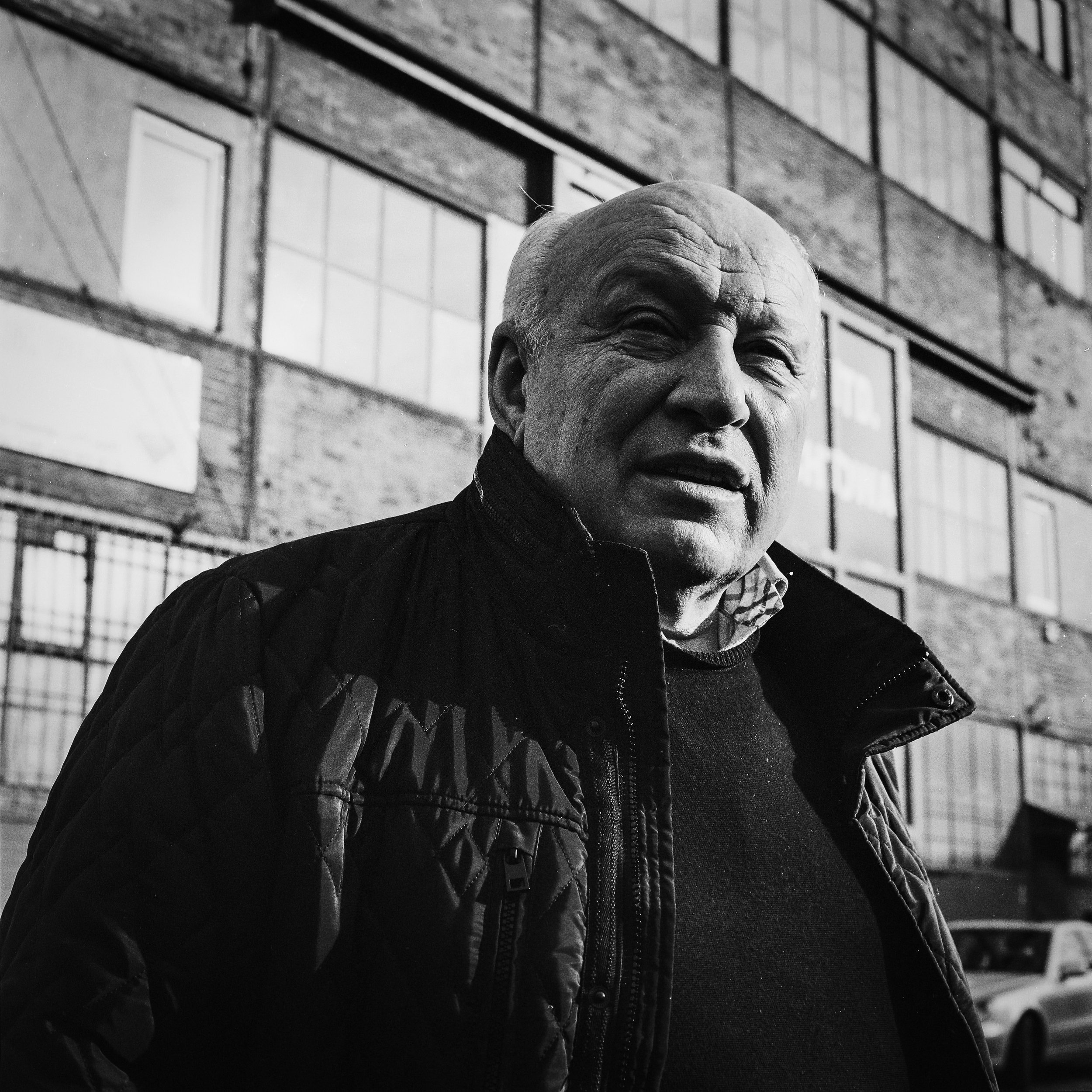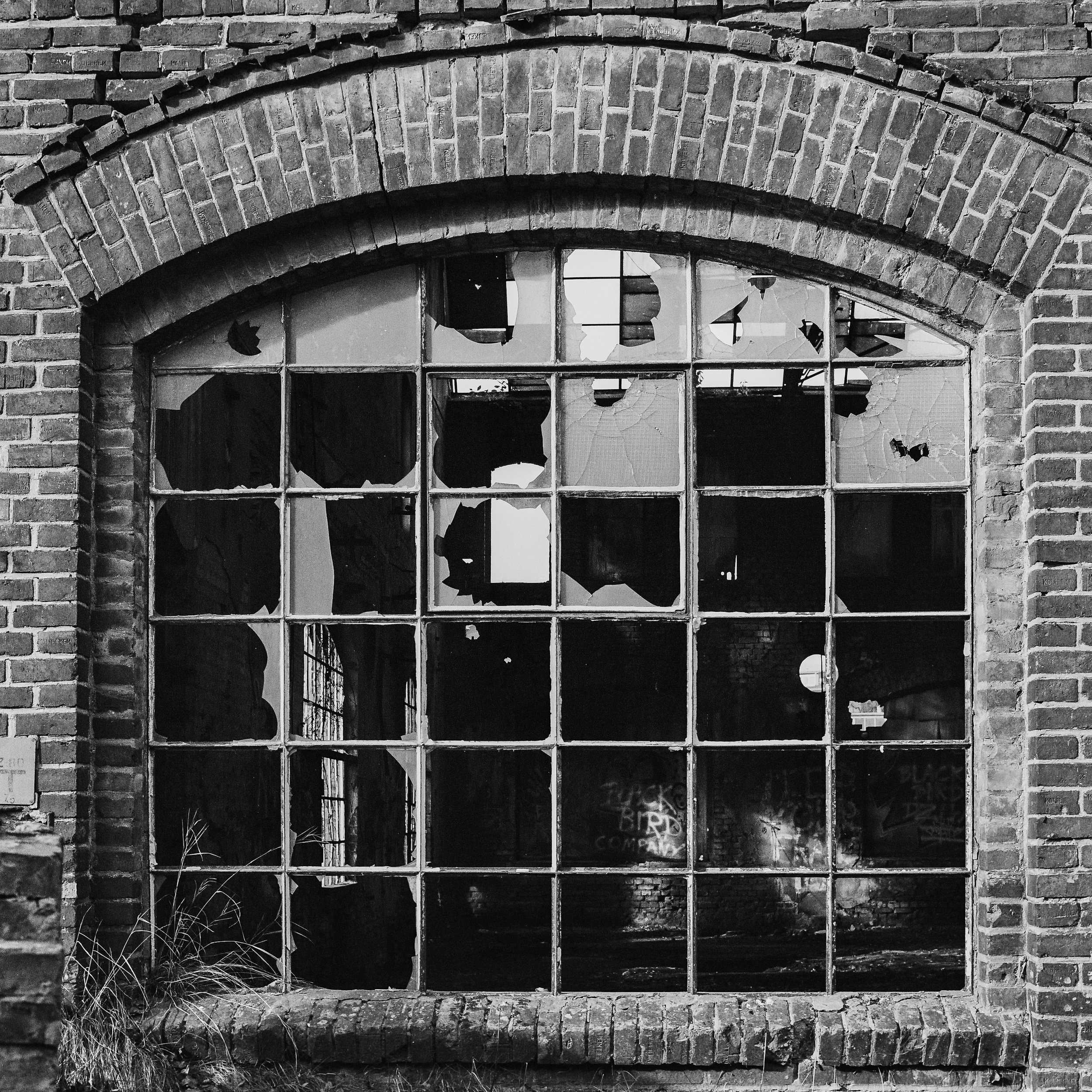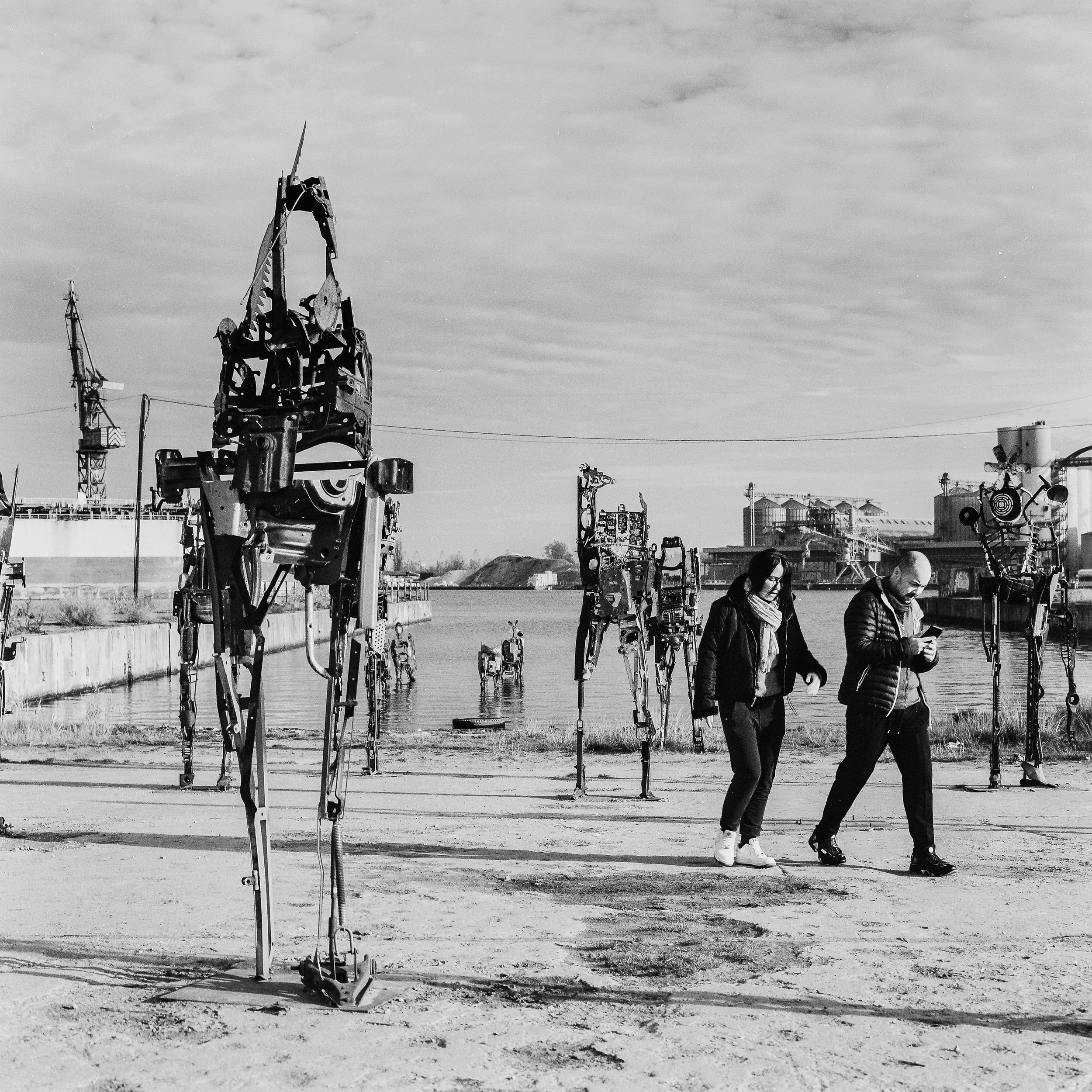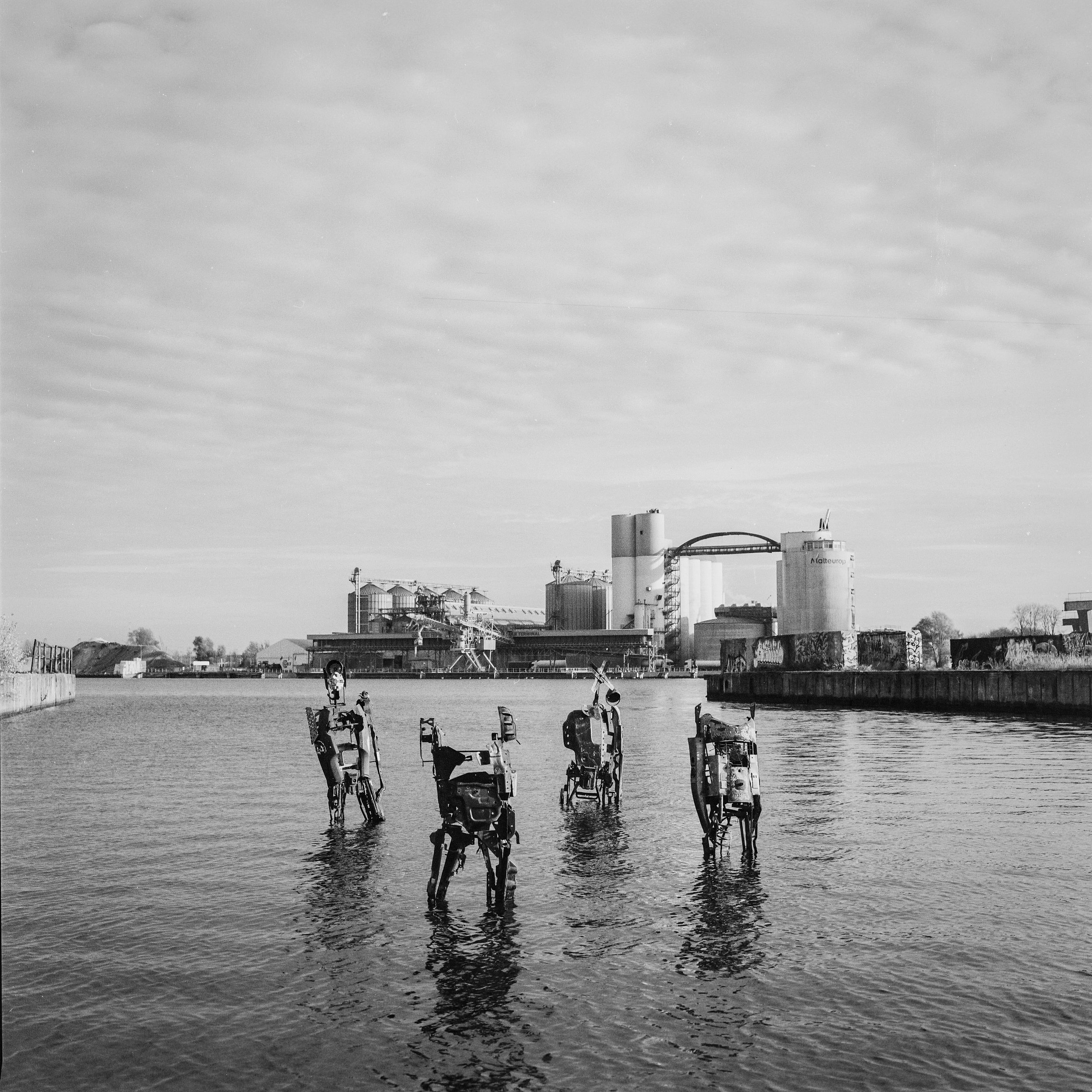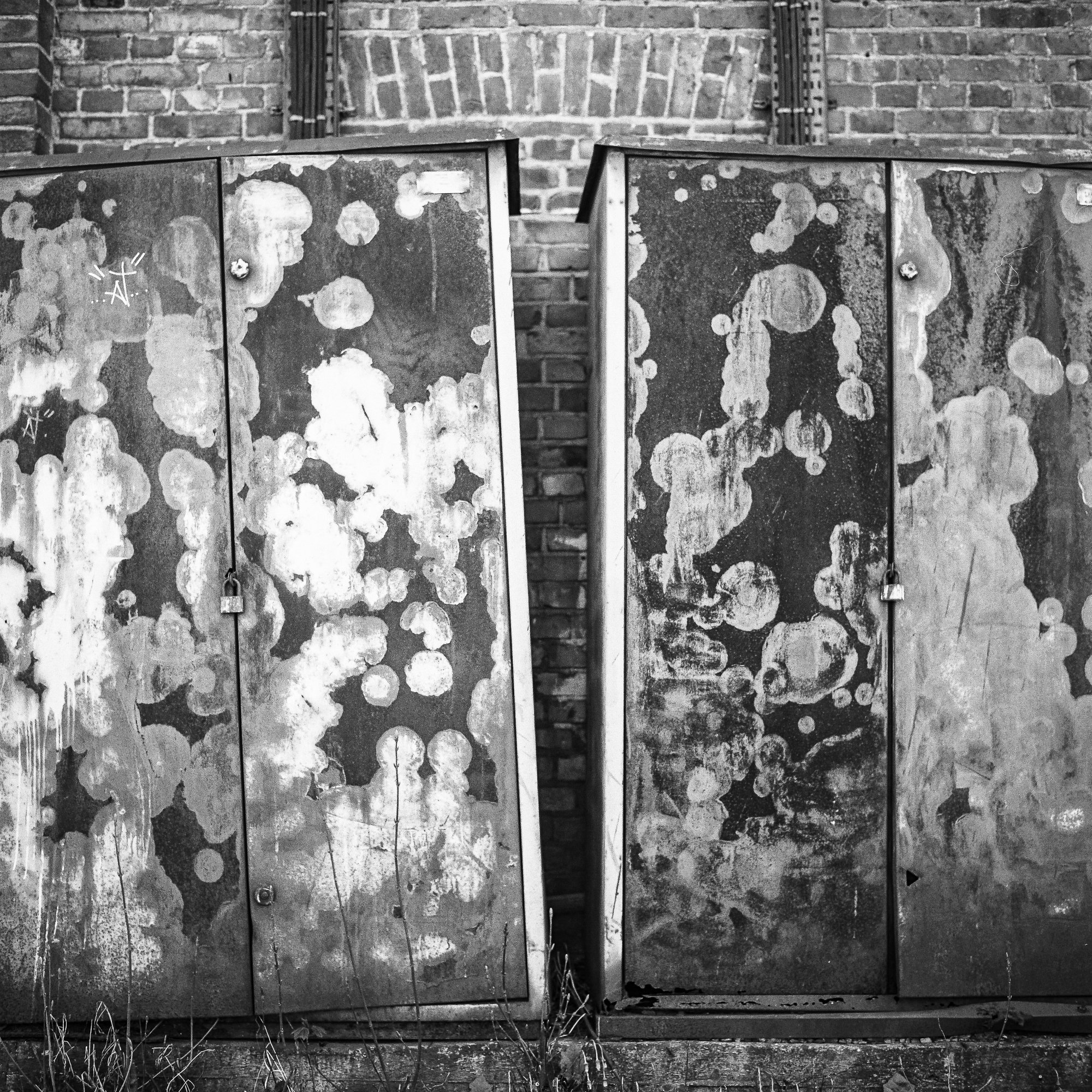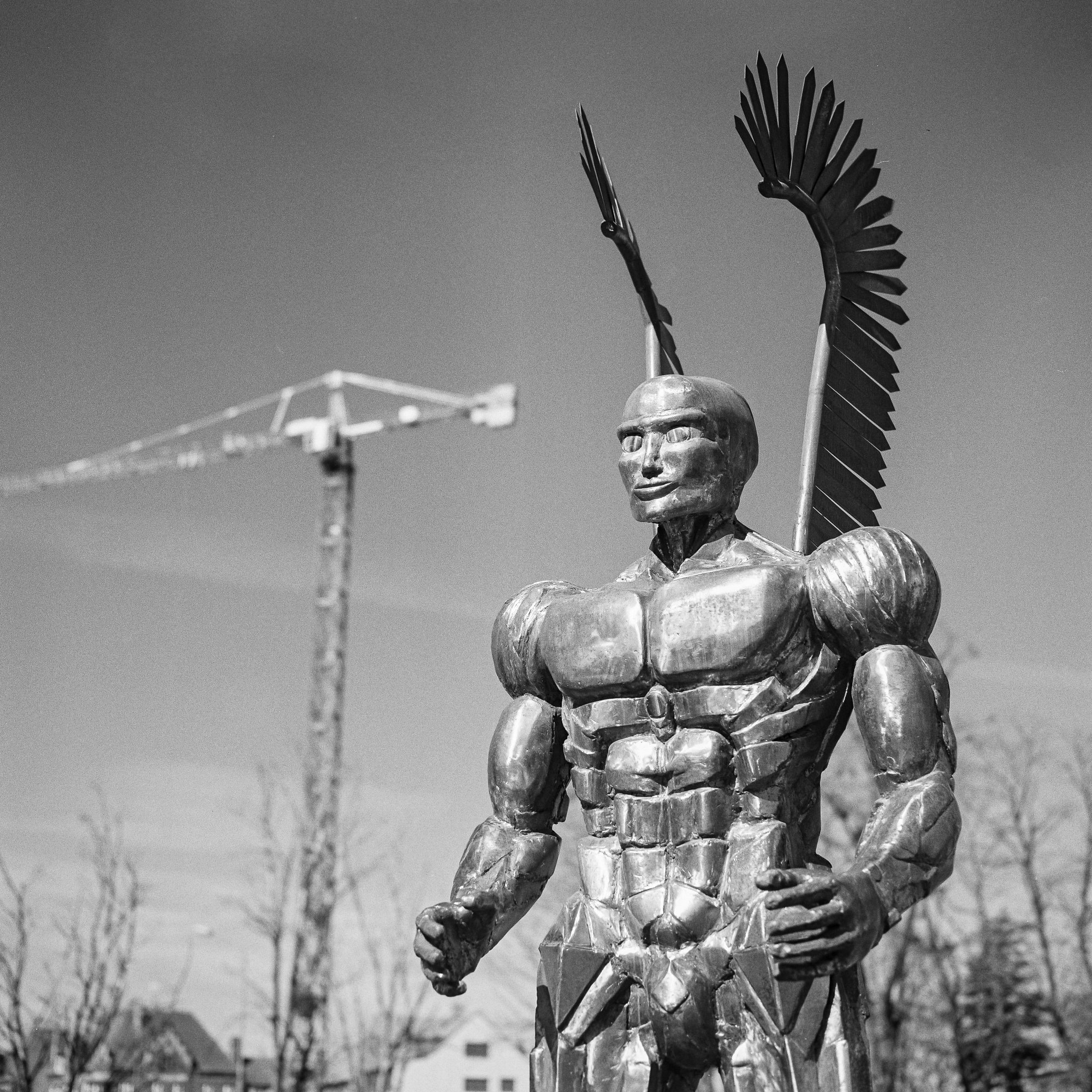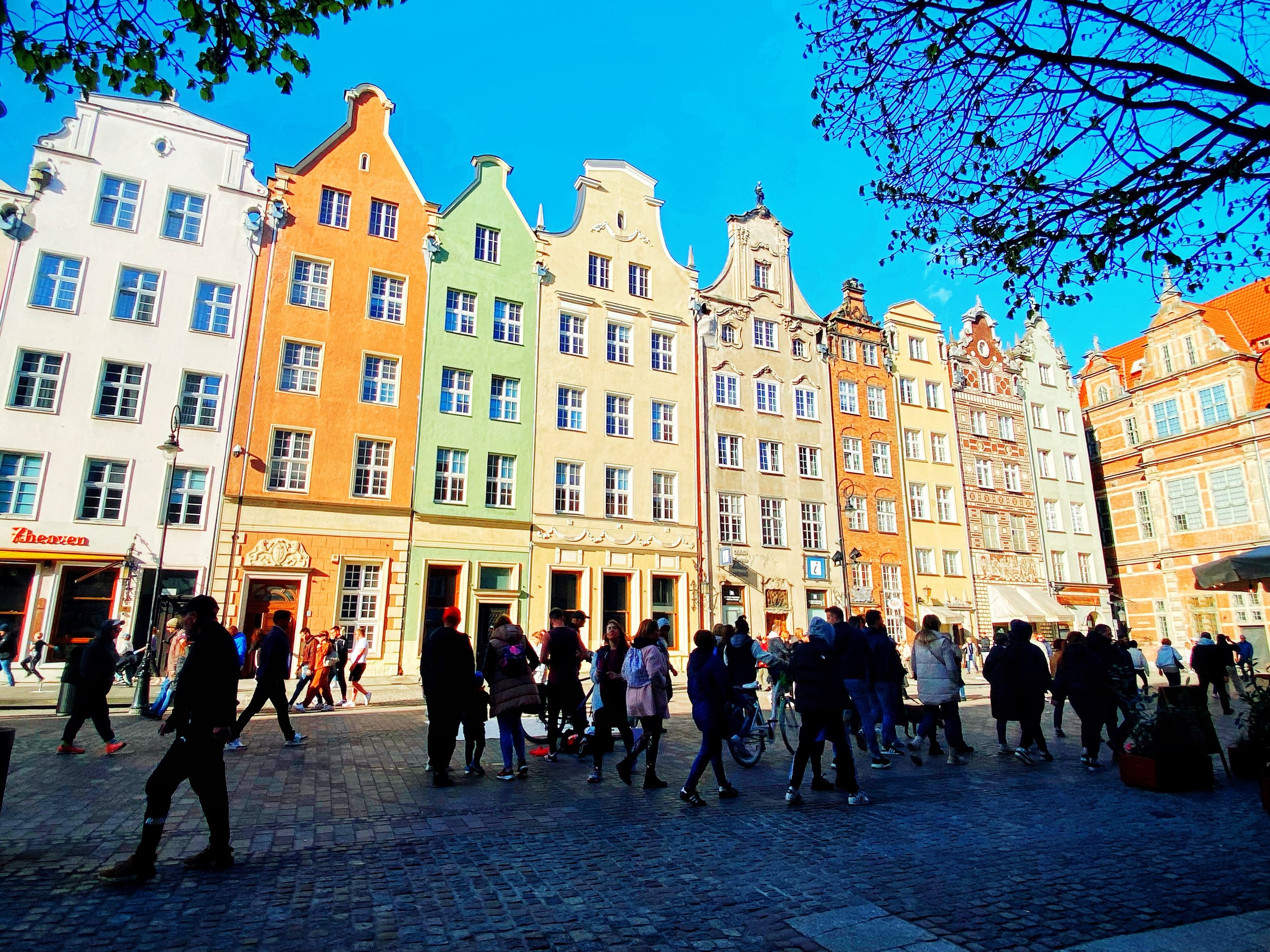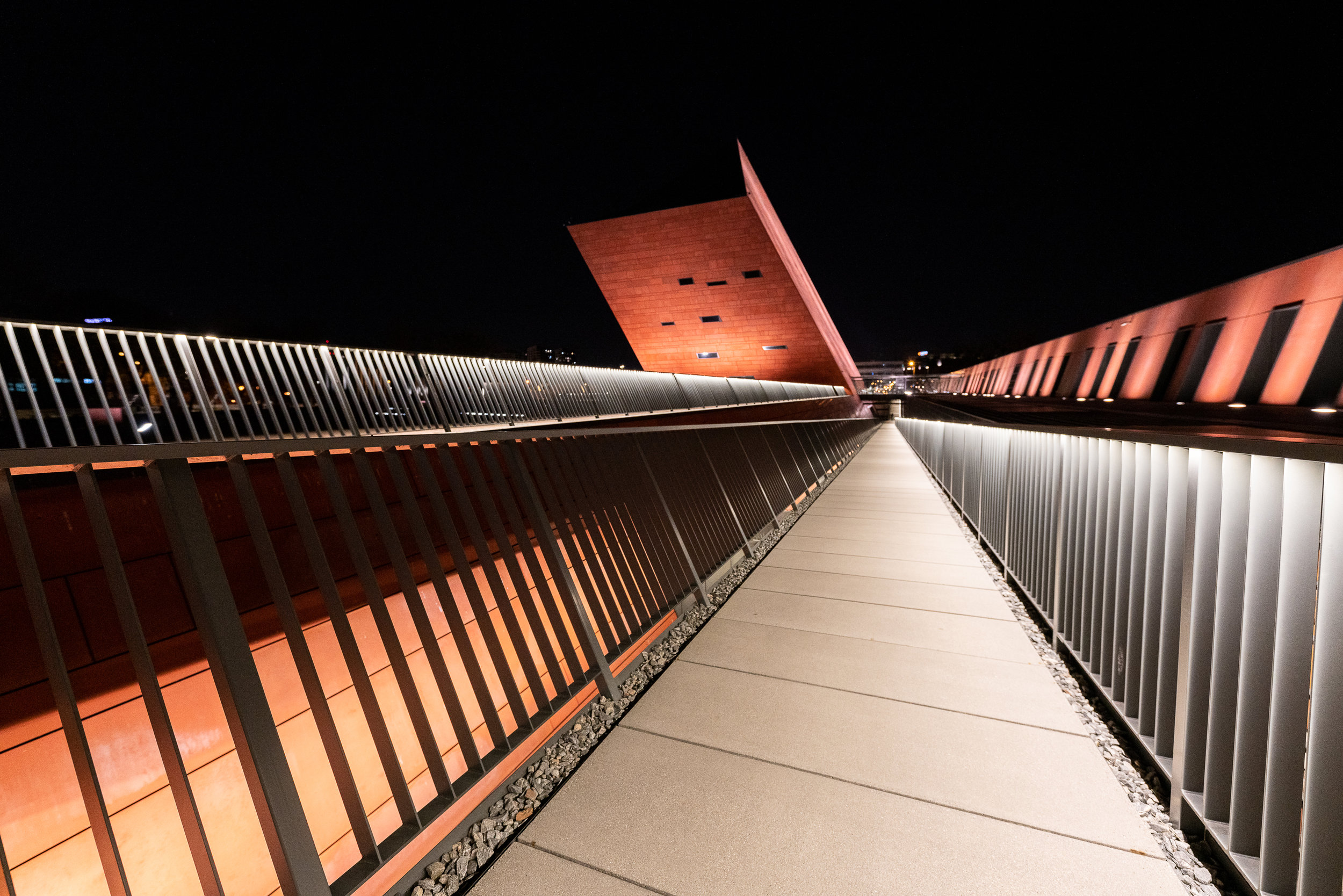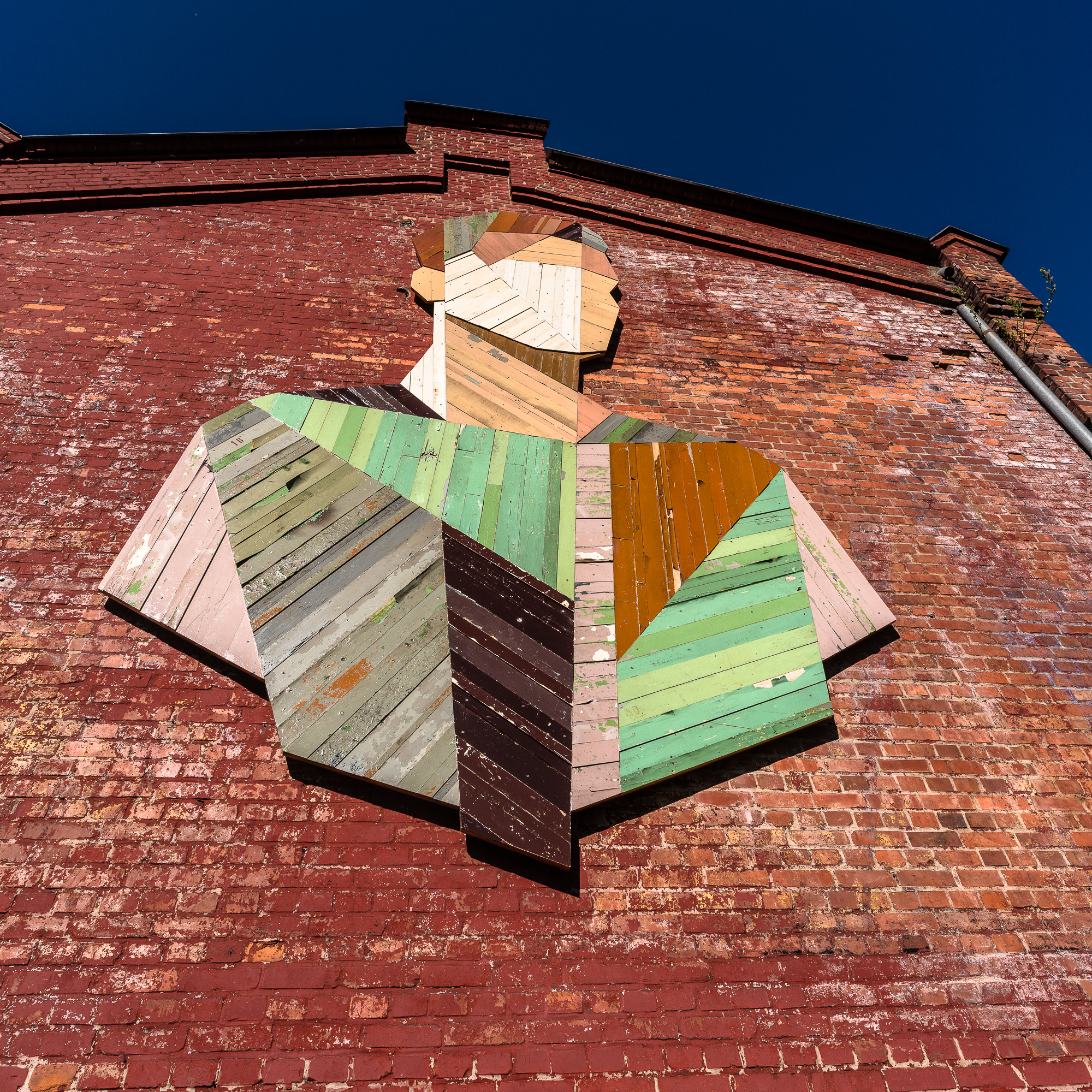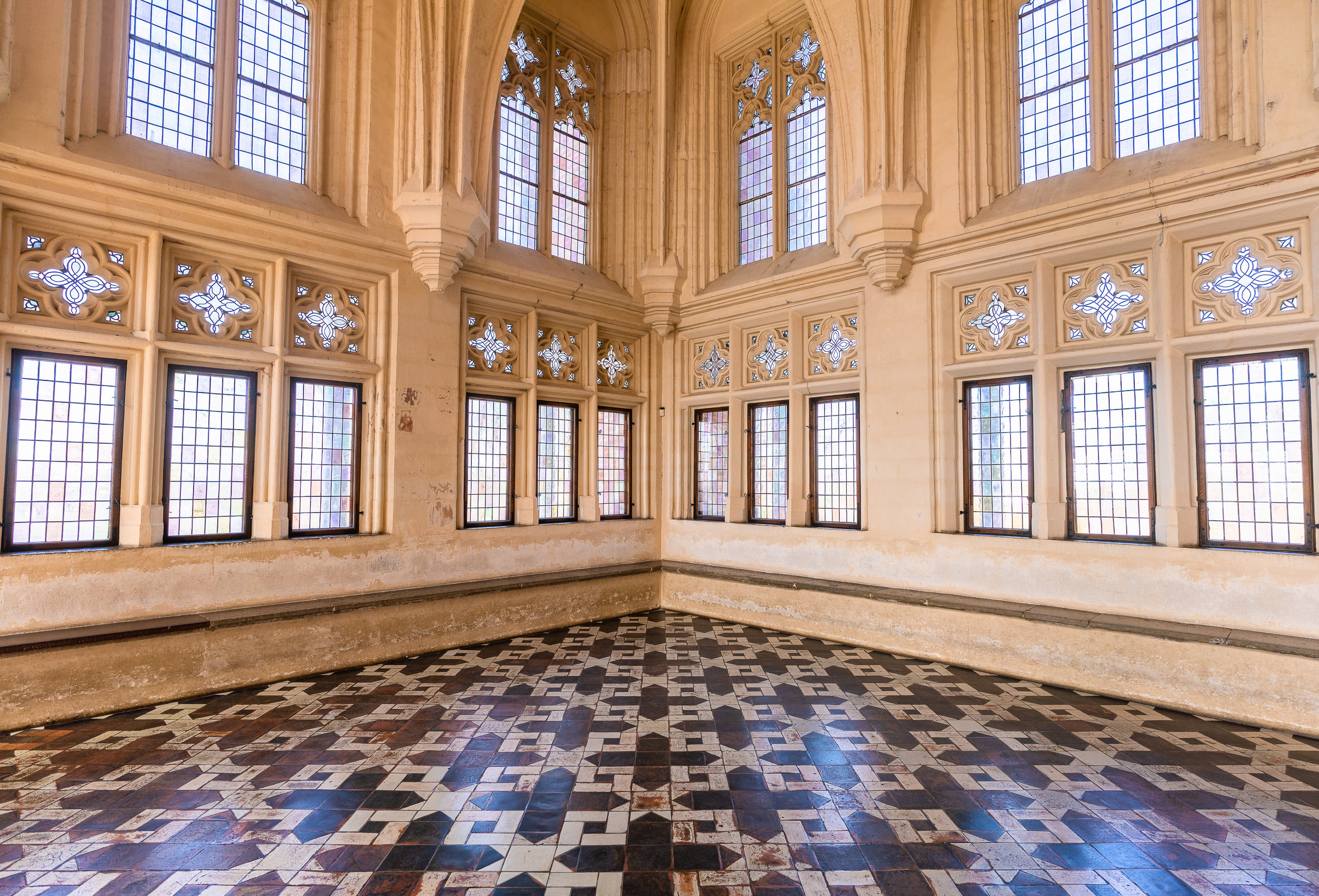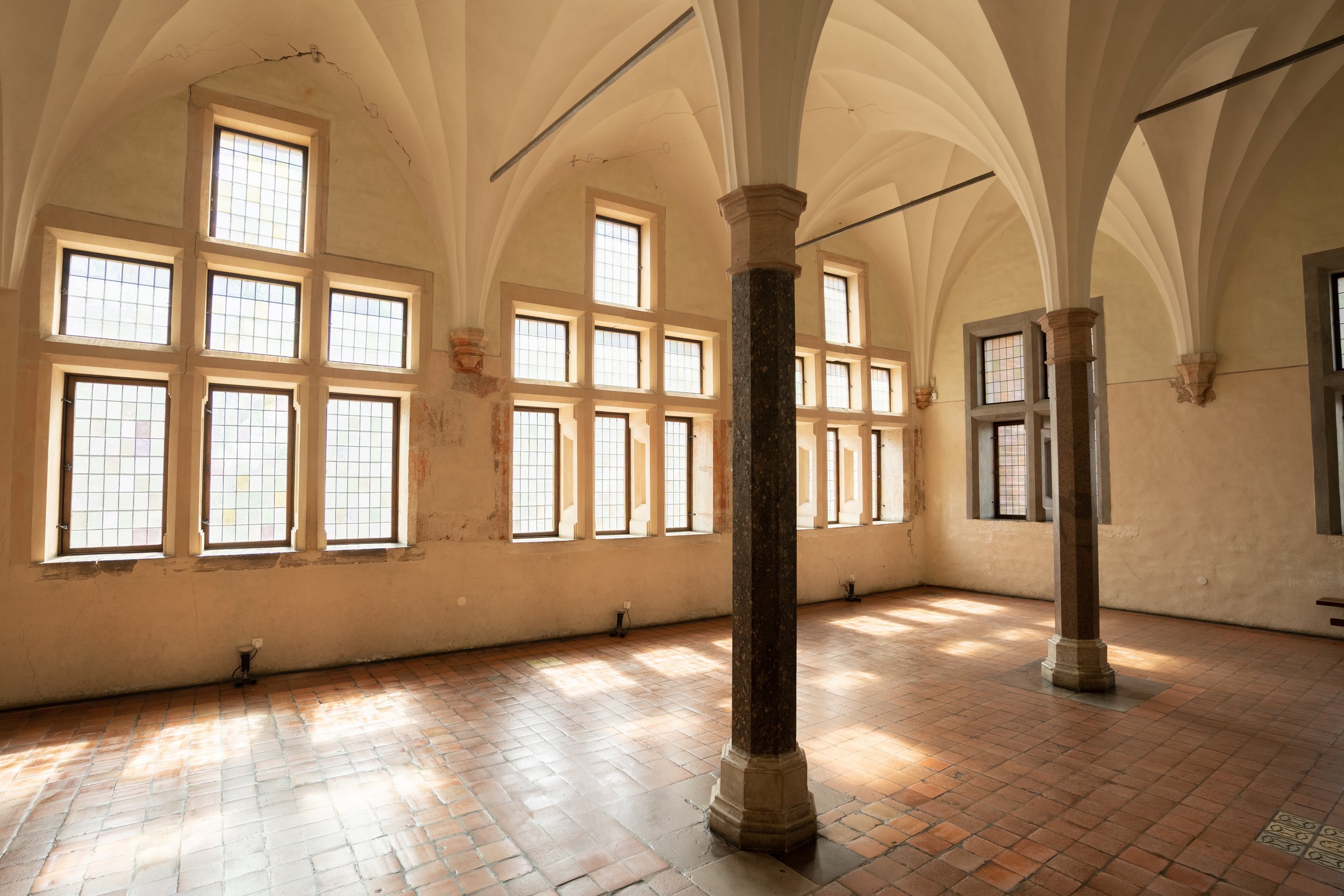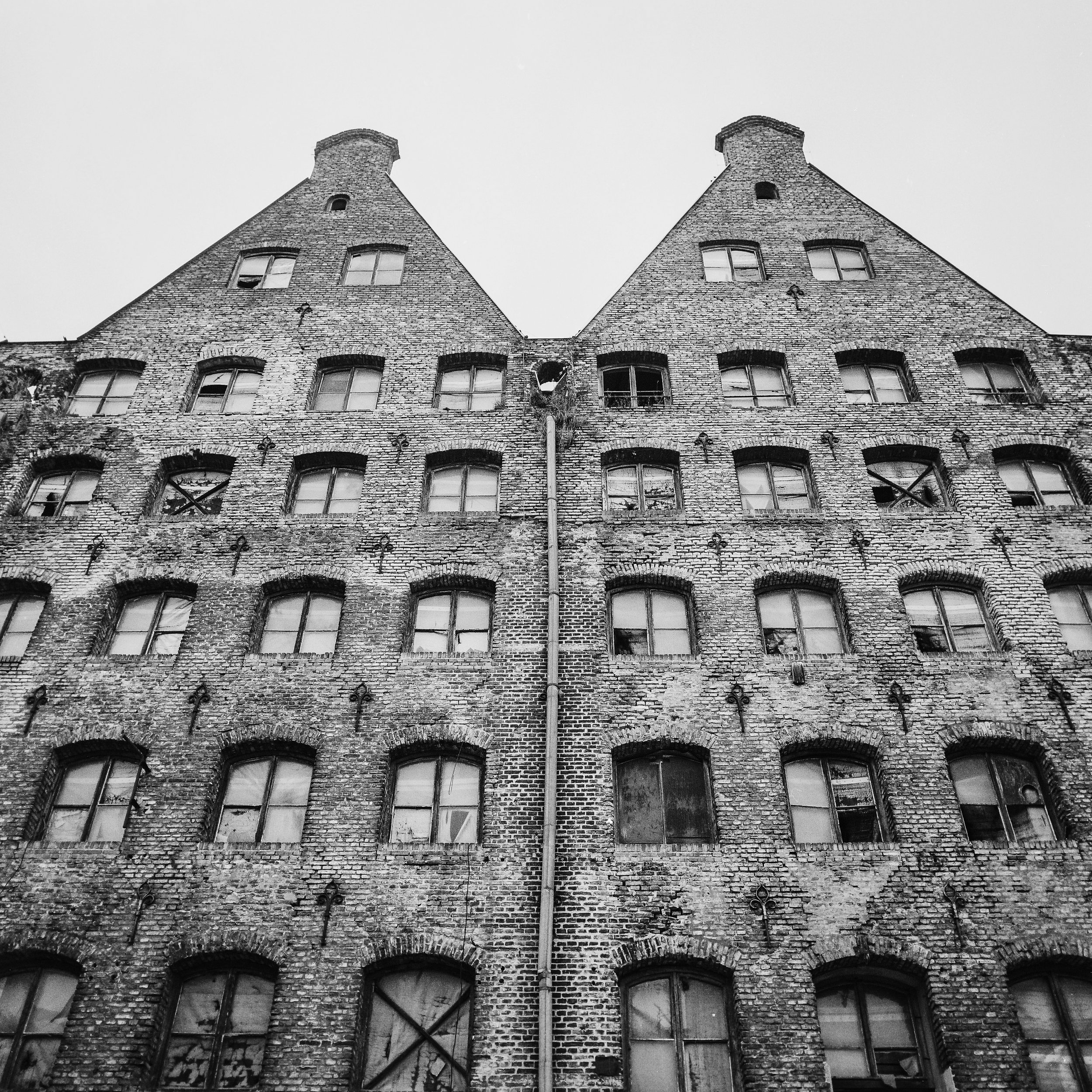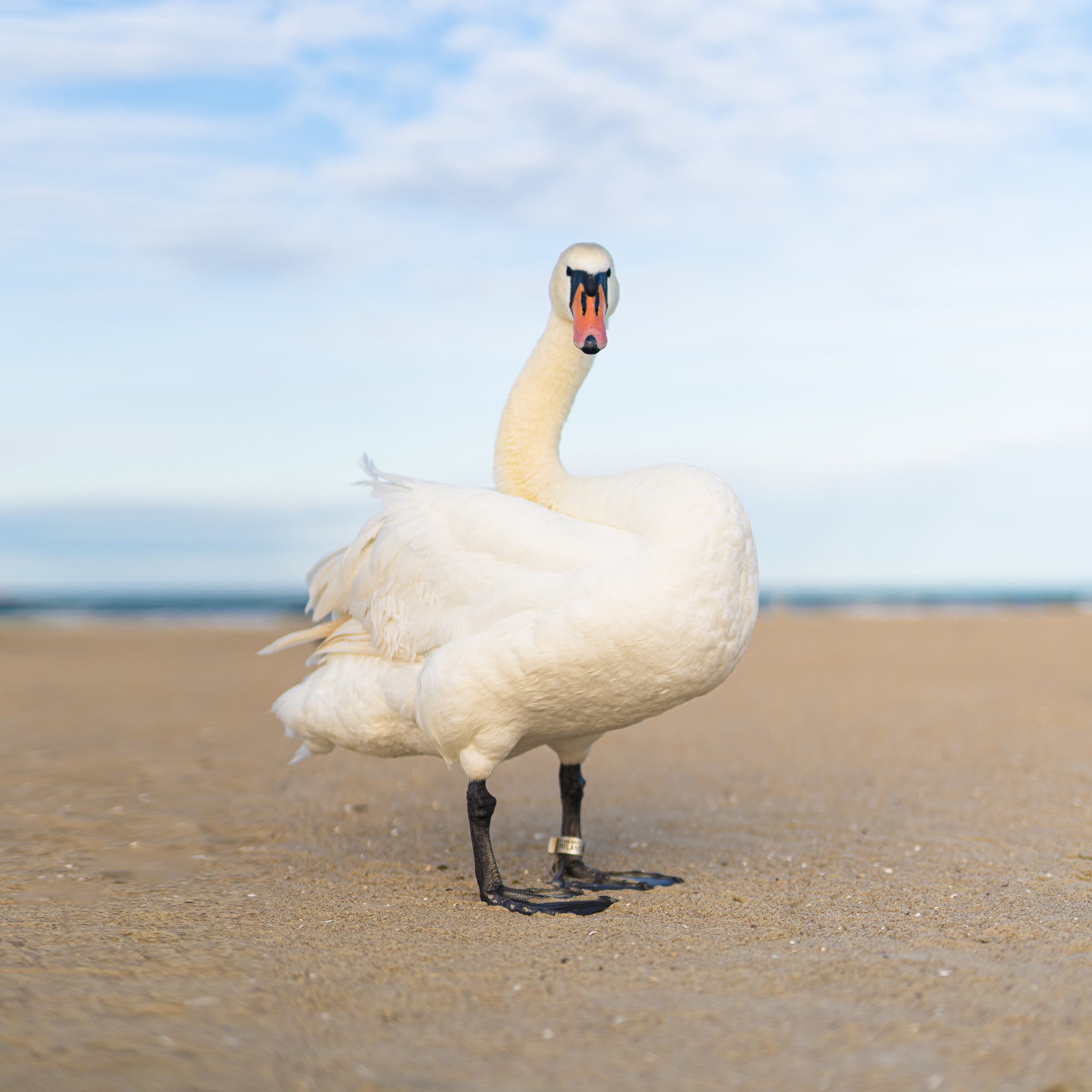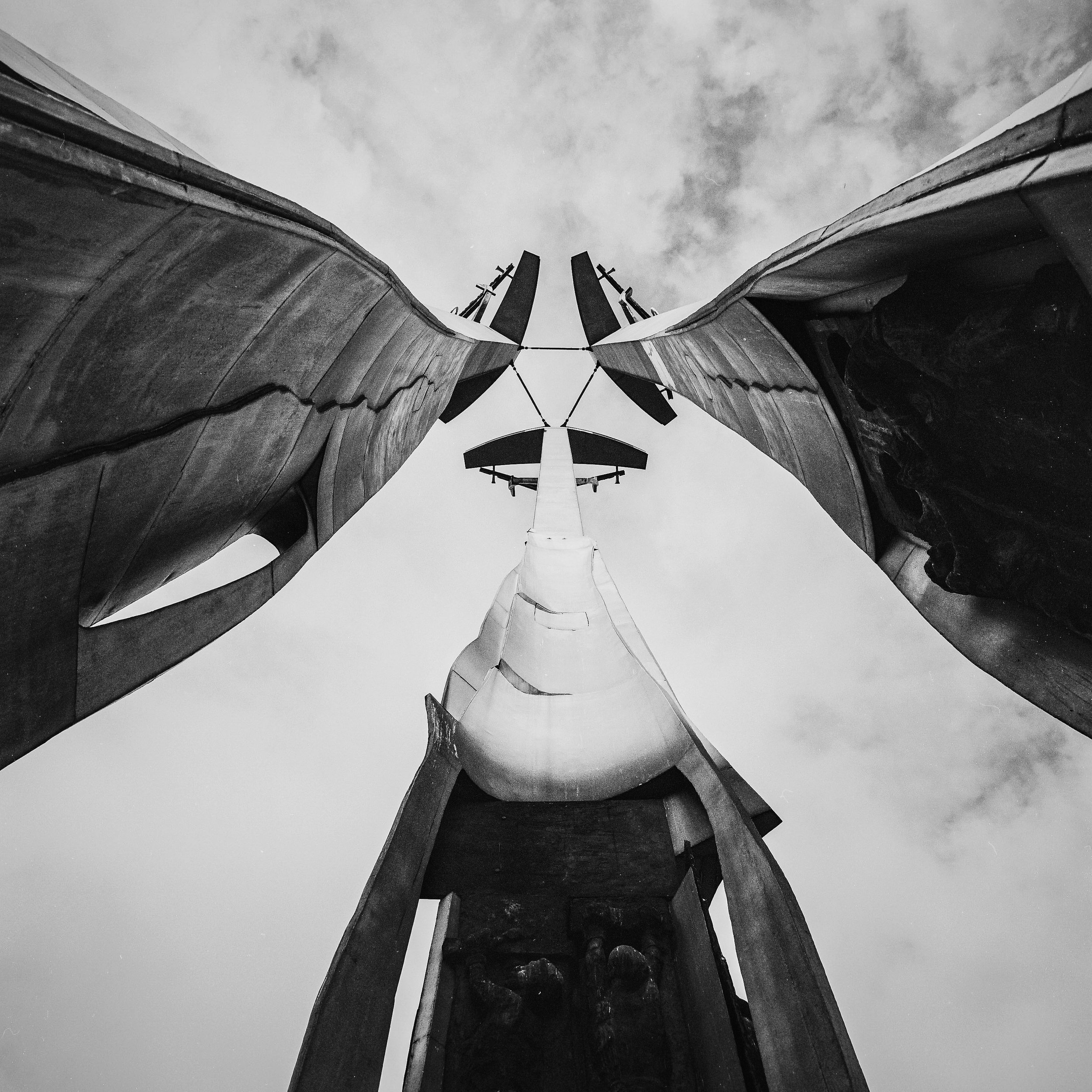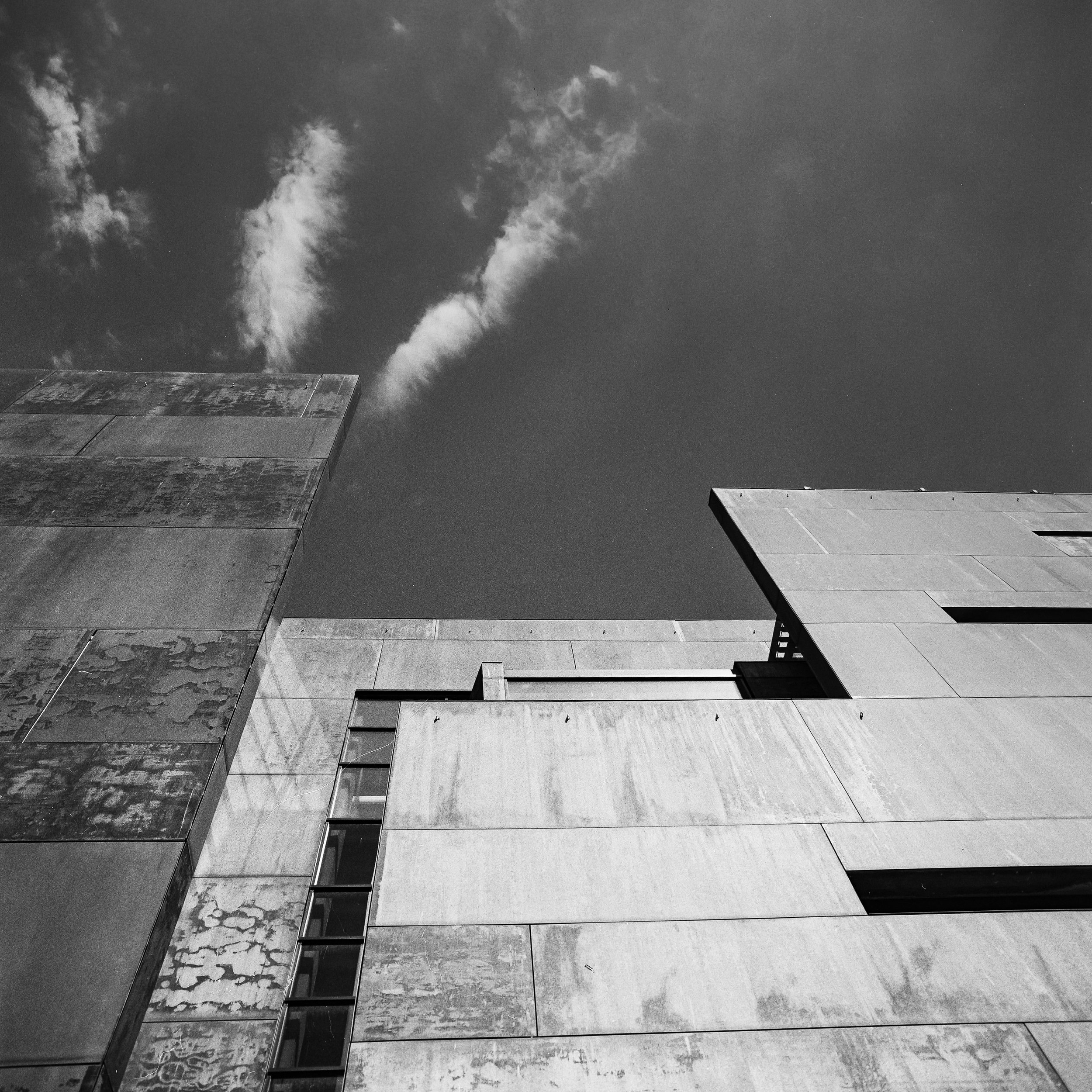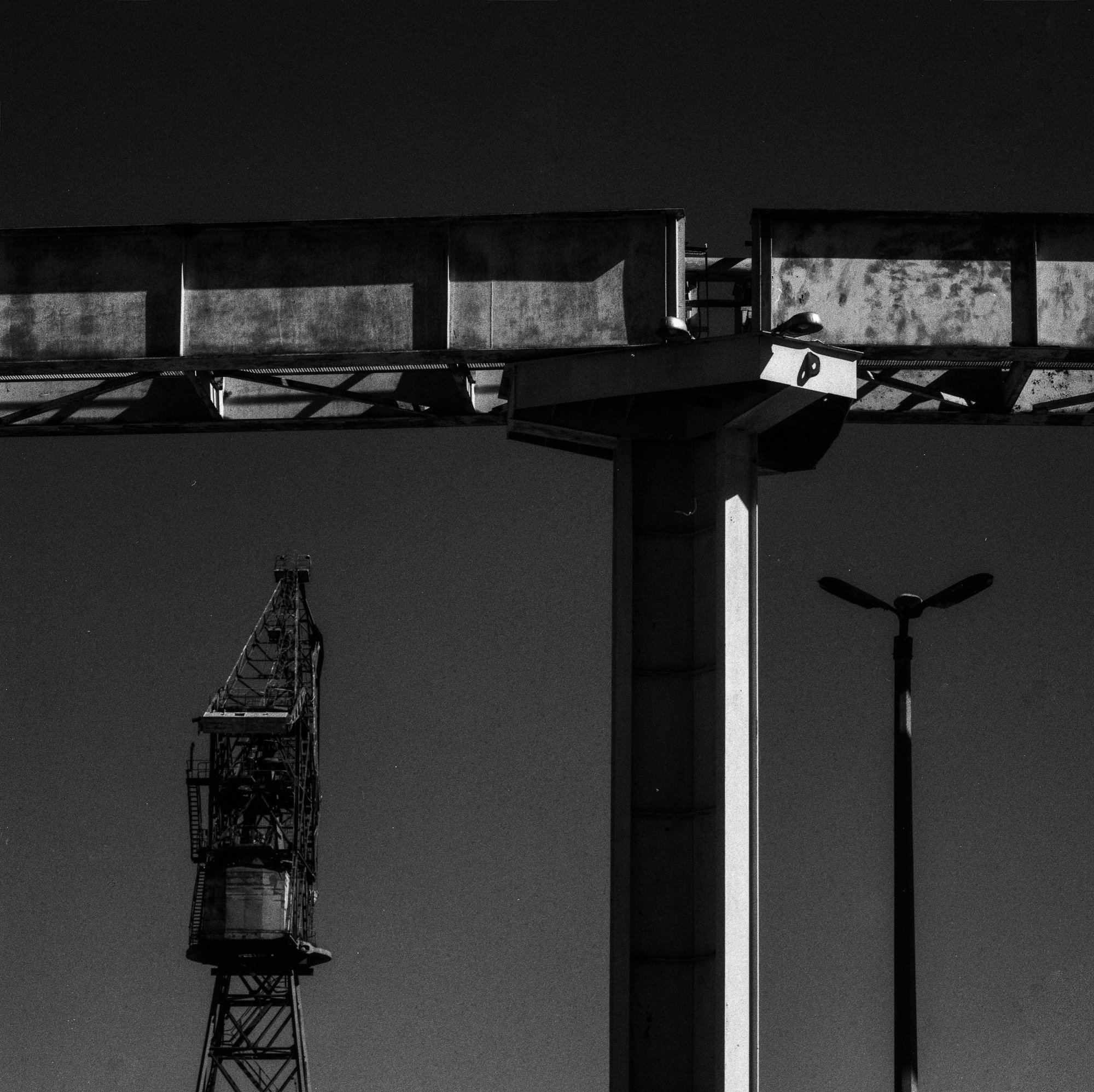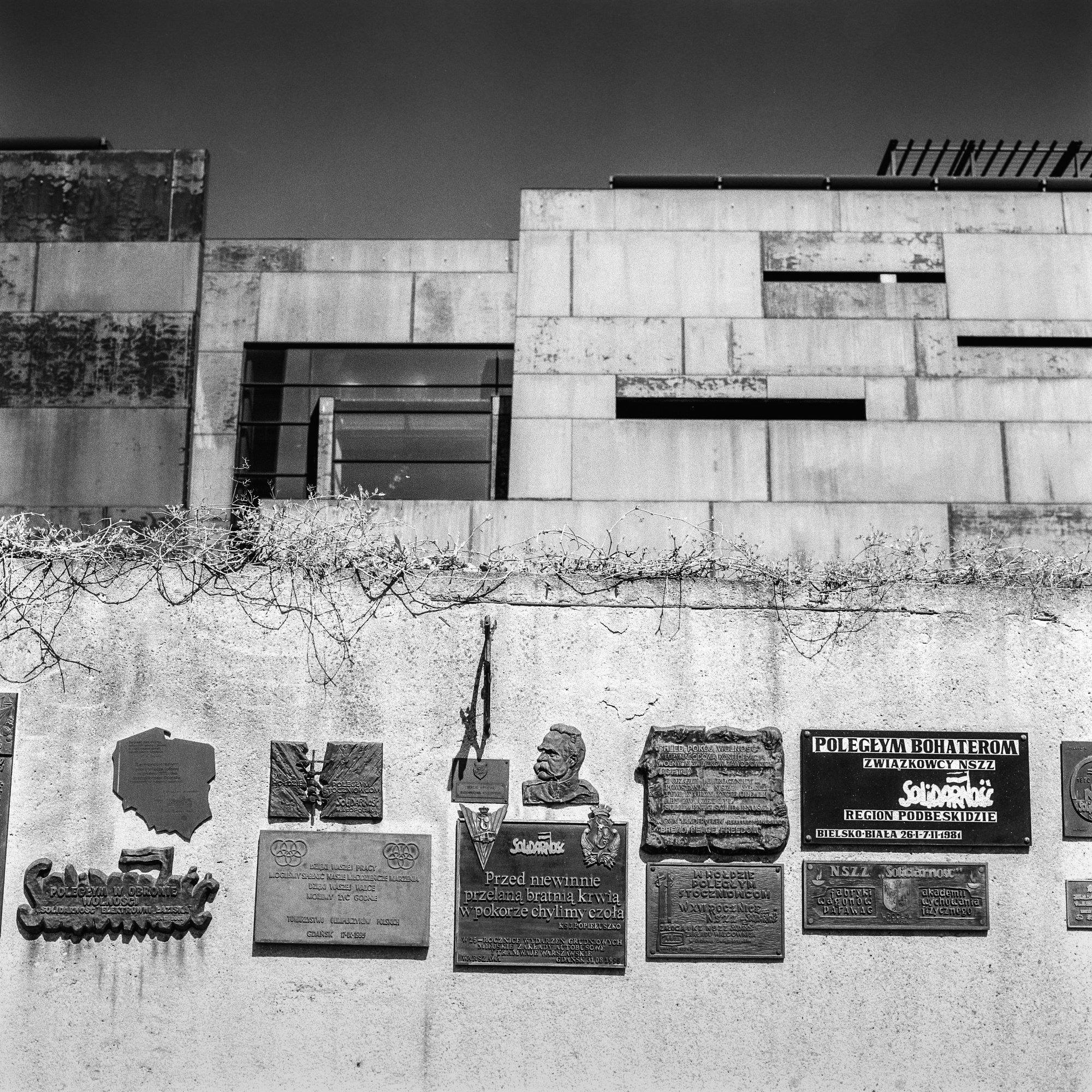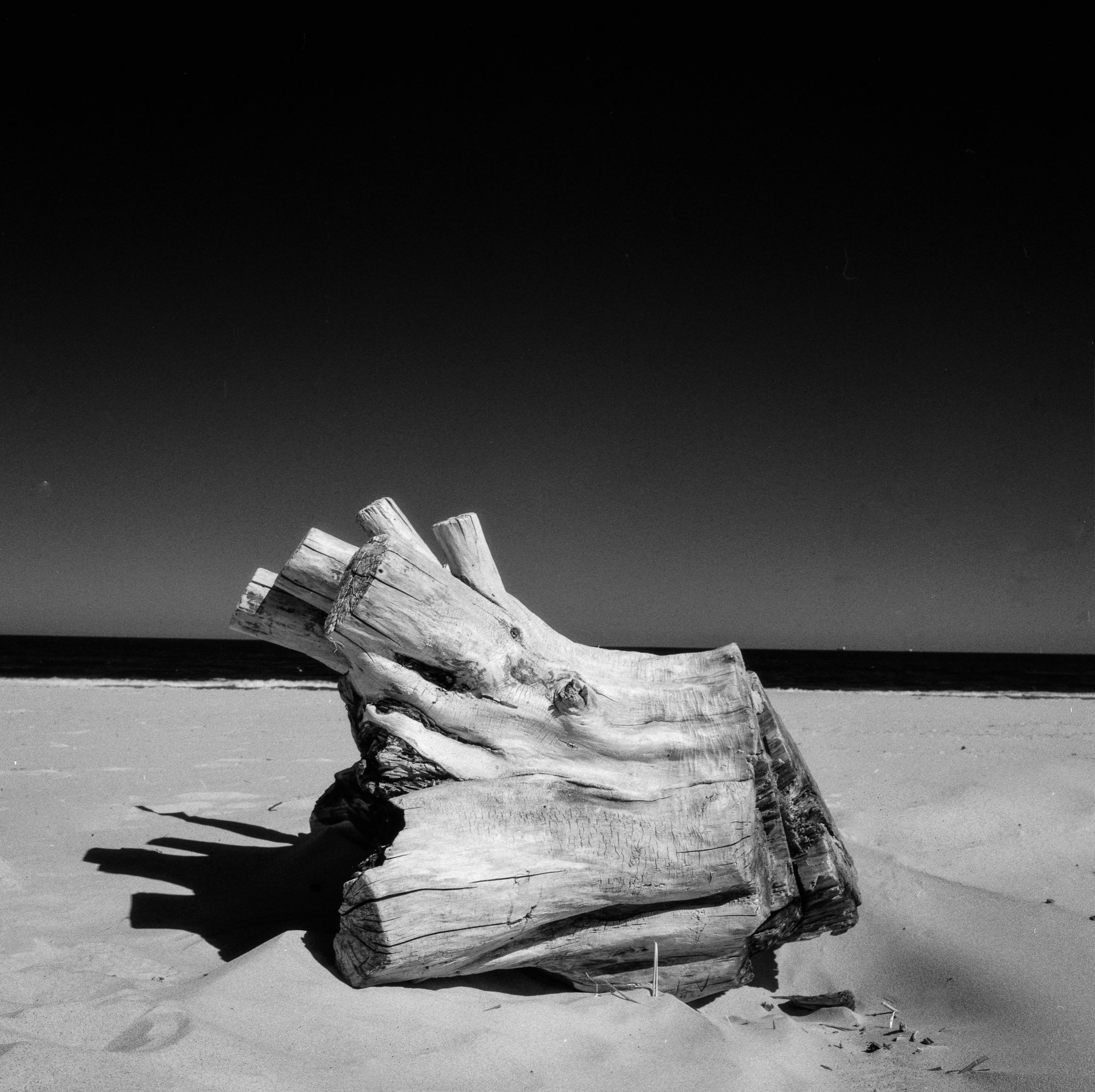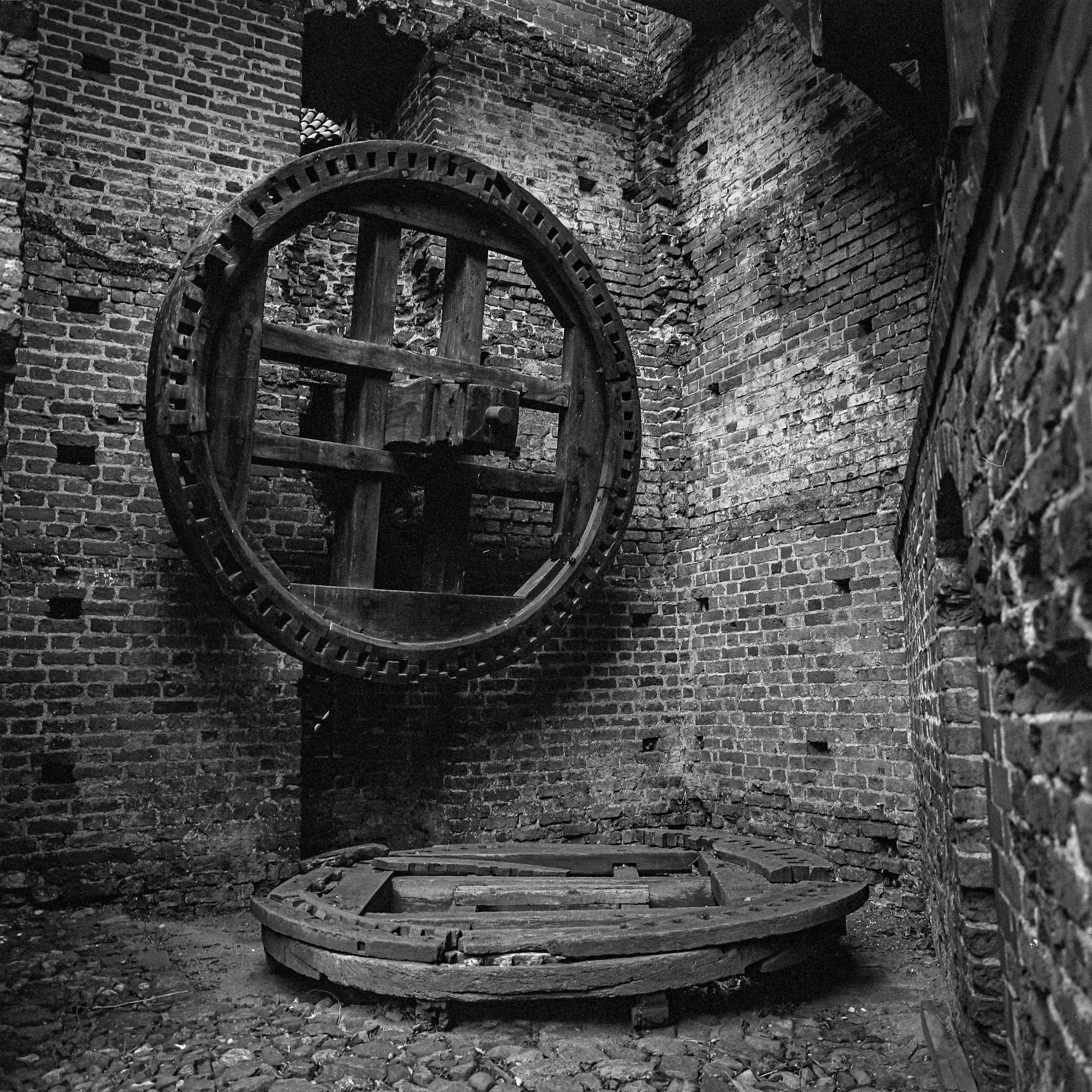Gdańsk and Pomerania Workshop 2025. ©Bjørn Joachimsen
Gdańsk and the Pomerania region in Poland offer many exciting photography opportunities. Over a six-day photo workshop, you will have the chance to explore the beautiful old town of Gdańsk, the historic Gdańsk Shipyard, the stunning medieval Malbork Castle, fishing villages, beaches along the Baltic coast, and much more. The workshop runs from early morning until late at night, focusing on architecture, street photography, documentary, landscape, and night photography. It's a great opportunity to gain inspiration and skills in photography alongside others with the same passion. Dates: September 23rd to 28th, 2025.
Note:** Only 8 spots are available. Practical information and a registration form can be found further down the page.
Gdańsk and Pomerania Workshop 2025. ©Bjørn Joachimsen
The purpose of the workshop is to create an environment for developing your photography skills, which will be useful when photographing during travels—whether it's nature, people, or architecture.
Bring your digital or analog camera and join me in exploring the photographic opportunities in the exciting Pomerania region!
I've traveled and photographed in Gdańsk and the Pomerania region for many years and will guide you to experience Polish nature and culture, possibly unfamiliar to you. Poland, which was Europe's largest and leading nation for about 200 years (from the 1500s to the 1700s), has so much to offer! I'll take you to exciting and interesting places and situations, inspiring you to create compelling photo stories.
Zamek Malbork. ©Bjørn Joachimsen.
The value of a workshop also lies in the community—photographing together and getting to know other photography enthusiasts. A workshop is a learning and inspiration community with unique qualities for those who want to develop their photography skills. In this workshop, you'll work in a small group—maximum 7 participants—ensuring close follow-up throughout. We emphasize professional development, mutual inspiration, and a pleasant social environment. Each evening, we gather for dinner and conversation at one of the many good restaurants in Gdańsk's old town.
Gdańsk Główne Miasto. ©Bjørn Joachimsen.
Locations
Old Town Gdańsk
We will be working at different locations, both in the old town and some places that reflect Gdańsk's past and present as an industrial city. The city still bears strong signs of its heyday as a Hanseatic city on the Baltic coast. Gdańsk is considered by many to be one of Europe's most beautiful old towns, and the central area offers many excellent photo opportunities. In addition to the beautiful architecture in the old town, there is often a lot of life and many people in the streets. In the back streets of Gdańsk, we find the site of the beginning of World War II. This war, which led to the devastation of both Gdańsk and large parts of Poland, resulting in over 6 million deaths due to war actions, started with Nazi Germany's attack on the post office—known as the "Defense of the Polish Post Office in Gdańsk" (Obrona Poczty Polskiej w Gdańsku). I will take you there so you can create your photo story of the memorial site for this dramatic event.
Marketplaces with a vibrant community life
Like all Polish cities, Gdansk also has traditional marketplaces where locals buy food, clothing, and second-hand items. These markets are characteristic of Polish culture.
Fish monger. Gdańsk. ©Bjørn Joachimsen.
We will visit a typical Polish market where trading takes place outdoors and includes a variety of goods. Here, clothes, old binoculars, fish, vegetables, and much more are sold. We will work on creating documentary photographs that depict life at such a market just outside the central area of Gdańsk.
Read more about the workshop below the picture.
Fisherman at Hel in Poland. ©Bjørn Joachimsen.
Fishing villages
Hel is a picturesque peninsula situated on Poland's northern coast, celebrated for its breathtaking beaches, delightful villages, and rich maritime history. At the very end of the Hel Peninsula lies the bustling Hel fishing port, a lively center for both commercial and leisure fishing activities. With a deep-rooted fishing culture, the port is often filled with local fishermen and their boats, showcasing the area's vibrant fishing community.
Ulica Mariacka. Gdańsk. ©Bjørn Joachimsen.
Ulica Mariacka – One of Europe's Most Beautiful Streets?
Both during the day and at twilight, we will photograph in the incredibly beautiful and unique Ulica Mariacka street in Gdańsk. This street was completely destroyed after Soviet bombing in 1945 and became one of the most fantastic restoration projects after World War II. Today, the street appears in classic style and is among Europe's most beautiful streets. Every afternoon, jewelers sell amber and other jewelry on the sidewalks.
Read more about the workshop below the picture.
Zamek Malbork. ©Bjørn Joachimsen.
Zamek Malbork – The World's Largest Brick Castle
A short hour's drive from Gdańsk lies the spectacular medieval castle, Zamek Malbork. This is the world's largest brick castle and an exceptional location for a photography workshop. This fortress is one of the most incredible structures in Europe and served as the headquarters for the Teutonic Knights during the Middle Ages. Zamek Malbork is an outstanding example of Gothic and fortress architecture, offering many great photo opportunities both inside the castle and in the surrounding area.
Stocznia Gdańska. ©Bjørn Joachimsen.
Stocznia Gdańska – The Shipyard Where European History Was Made
The shipyard Stocznia Gdańska, also known as Stocznia Cesarska and the Lenin Yard, was the scene of one of the most important political movements and some of the most significant events of the 20th century. Under Lech Wałęsa's leadership, the Solidarność trade union became a powerful force that was, in many ways, the beginning of the end for Communist Europe.
The shipyard was founded as "The Imperial Shipyard" (Königliche Werft Danzig) in 1852. At that time, Gdańsk was under Prussian rule (and thus called Danzig). Gdańsk Shipyard was established in 1946 as a state-owned company by the Polish People's Republic on the sites of the former German shipyards. After World War II, the shipyard was severely damaged by Soviet bomb raids and had to be rebuilt.
In 1980, Gdańsk was the stage for events that marked the beginning of organized resistance to the Communist dictatorship in the Soviet Union and Soviet-controlled countries in Eastern and Central Europe. A strike by 17,000 shipbuilders saw Solidarność, led by shipyard electrician Lech Wałęsa. Solidarność was the first non-Communist trade union in Soviet-controlled Europe. This movement was one of the first successful steps in a campaign of civil resistance that contributed to the eventual collapse of Communism across Eastern and Central Europe.
Read more about the workshop below the picture gallery.
Ship production still continues at Stocznia Gdańska, although it cannot be compared to the time when the shipyard was at its largest. In addition to building ships and wind turbines, the shipyard area is characterized by cultural scenes, dining venues, and artistic activities. The area offers many exciting photo opportunities!
Słowiński National Park, ©Bjørn Joachimsen.
The Desert Landscape in Słowiński National Park
In the northwest of the Pomeranian region, there is one of Europe's most unique landscapes. In Słowiński National Park - also known as Wydmy Ruchome (moving dunes) - you will find a desert-like landscape with enormous sand dunes. There used to be a village in the area, but it was gradually buried by the sand, and the inhabitants had to relocate. Today, the sand is moving eastward, and each year it encroaches further into the swamp forest on the eastern side of the desert landscape. We will spend a morning in this exciting and unique landscape.
Kąty Rybackie. ©Bjørn Joachimsen.
Among Europe's longest and most beautiful beaches
The Baltic coast in northern Poland is known for its miles-long beautiful beaches. Barely anywhere else in Europe will you find such long, beautiful, and inspiring beaches. During the workshop, we will visit several of the beaches in Pomerania – both in the northeast near Russia and in the northwest outside Gdynia. The beaches are so long that you cannot see the end of them in either direction. Above the beaches, you often find lovely coastal forests and sand dunes. During the 2023 workshop, we encountered two moose calves on one of the beaches!
Coastal fishermen in Hel in Pomerania.. ©Bjørn Joachimsen.
The fishing villages along the Baltic coast
For thousands of years, people along the Baltic coast have been engaged in coastal fishing for cod and other species. This fishing is still a part of the coastal communities in Pomerania. During the workshop, we will visit several fishing ports where you will have the opportunity to practice taking documentary photos and portraits of fishermen at work on land. We will visit the fishing villages of Kąty Rybackie, Krynica Morska, and Hel.
Bazylika Mariacka Gdańsk. ©Bjørn Joachimsen.
Bazylika Mariacka
St. Mary's Church in Gdańsk is one of the world's largest brick churches. It is a fantastic structure that is exciting to photograph both inside, outside, and from the top of the tower. The church can accommodate up to 25,000 worshippers and is one of the most spectacular buildings from medieval Europe. During the workshop, you will have a great opportunity to explore the church with your camera.
The district of Zaspa in Gdańsk. ©Bjørn Joachimsen.
The district of Zaspa - an exciting revitalized area
In the district of Zaspa in Gdańsk, we find some of the most extensive and spectacular examples of murals in Europe. The 11-story residential blocks have fantastic and exciting murals that are as tall as the buildings themselves. Here, several prominent artists from Poland have showcased their talents on a large scale. Zaspa was developed as a residential area in the 1970s to provide modern housing for workers at the Gdańsk Shipyard and their families, among others. The residential areas here include large park areas, playgrounds, and tennis courts - something to consider when comparing how residential areas are designed in many European countries today. A visit to Zaspa will give many observers a new and more positive understanding of the concept of "Eastern Bloc architecture". We will work on creating photographs in the Pilotów area, where much of the wall art is located. One of our challenges will be to depict how these enormous artworks are integrated into the residential environment.
What can you expect from me?
That I am present and available for you as a participant.
That I will provide professional guidance and assistance throughout the entire workshop experience.
That I will absolutely share all of my photography knowledge and skills.
What do I expect from you?
That you set aside all the time to work on photography.
That you follow all joint teaching plans during the workshop.
That you work independently and on your own.
That you actively seek guidance during the workshop.
That you remember to charge the camera batteries before each workshop day.
That you contact me before, during and after the workshop if you need help of any kind.
Gdańsk. ©Bjørn Joachimsen.
What do you need?
Good shoes
Clothes for various weather conditions. (Check the weather forecast the day before departure.)
Camera with any additional lenses and accessories you have. Contact if unsure about camera equipment.
Extra camera battery.
Camera filters (if you have them).
Tripod, optionally also a monopod.
Laptop PC/Mac or tablet if you wish to edit photos during the workshop. (This is optional.)
Contact the course organizer well in advance if you plan to leave parts of your camera equipment at home.
If you have any questions about the course, you can contact via email: Bjørn Joachimsen – bjorn.joachimsen@me.com
You'll find practical information and registration form below the picture.
Zamek Malbork. ©Bjørn Joachimsen.
PRACTICAL INFORMATION – WORKSHOP IN Gdańsk AND Pomerania 2025
DATES
September 23rd to 28th, 2025.
Teaching hours: You must allocate all your time to work with photography during these days. The workshop starts on September 23rd at 10 am and ends on September 2th at 2 pm.
INSTRUCTOR
Bjørn Joachimsen
LANGUAGE OF INSTRUCTION
English and Norwegian
LOCATION
Our base is in Gdańsk, but we will also be photographing various places in the Pomeranian region, including Łeba, Słowiński National Park, Malbork, Krynica Morska, Hel, and Kąty Rybackie.
ACCOMMODATION
Information will be announced later.
TRAVEL
Travel to and from Gdańsk is to be booked and covered by each participant. You should not book travel with arrival in Gdańsk after the workshop starts or departure before the workshop ends.
All transport during the workshop is included in the participant fee if traveling at the below-mentioned times. Wait to book flights until you have received confirmation of your course placement. Transport during the workshop is included. Transport to and from the airport is also included.
CURRENCY AND PAYMENT METHODS
The currency in Poland is PLN/Zloty. You cannot pay with Euro.
You can pay with Visa card or other electronic payment methods at most places. You should have some cash available during the workshop. Cash can be withdrawn at ATMs at the airport and at several locations in downtown Gdańsk.
PARTICIPANT FEE
EUR 850.- (upon registration before June 10th, 2025.)
EUR 950.- (upon registration from June 10th, 2025.)
The participant fee covers teaching and guidance.
A deposit of EUR 250 is required after registration is submitted. You will receive an invoice by email, so wait to pay until this is received. The deposit is non-refundable upon cancellation. The deposit will be refunded in case of workshop cancellation by the organizer.
REGISTRATION
NB! Registration deadline is July 20th 2024.
You will find the registration form by clicking the button below.
About the instructor
Bjørn Joachimsen.
Bjørn Joachimsen works as a photographer in many European countries, including Norway, Sweden, Poland, Austria, Croatia and Spain. He unfolds his energy and creativity within a wide field of photographic themes and genres, including documentary, portraiture, landscape, street photography and architecture with digital and analogue cameras. Bjørn also offers photography workshops in the countries mentioned above. He is always present for his workshop participants and shares knowledge and inspiration along the way.
“I consciously work to develop my visual curiosity with the camera and enjoy allowing myself to be surprised by what I discover on my photographic treasure hunts.”







